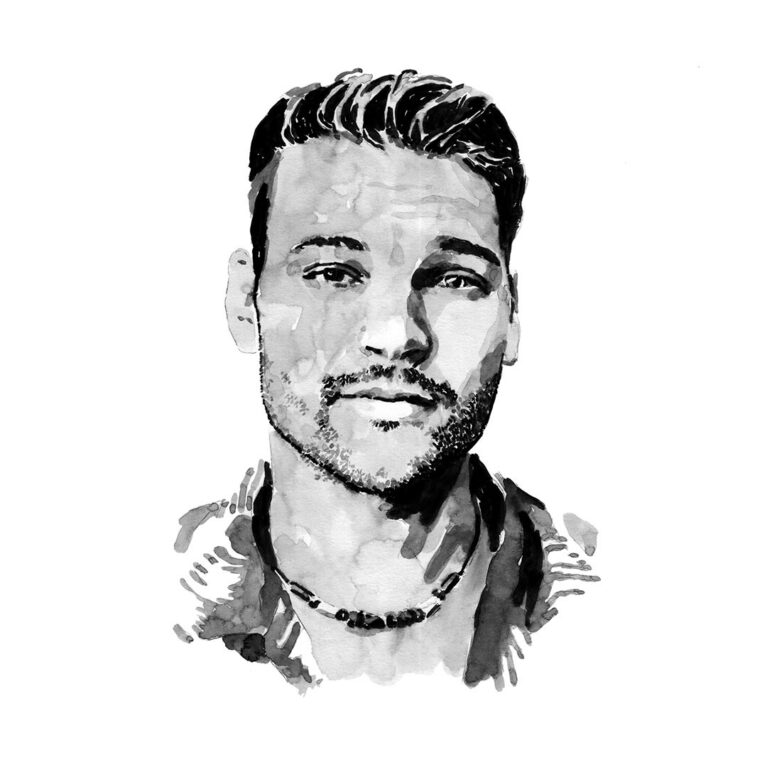Nicolas Lubitz

Who I am
I am originally from Germany and have always had a passion for nature and wildlife, so studying biology was a no-brainer! I thought the best strategy to do that would be to get out into the world and work and study in as many places as possible. So I did my undergraduate degree at the University of Miami in Florida, through which I got to do a semester abroad in the Galápagos Islands studying scalloped hammerheads and horn sharks. Then I went to South Africa to work with great white sharks for a few months and subsequently lived in British Columbia, Canada, for a year. After that, I spent six months at the Bimini Shark Lab conducting personality research on juvenile lemon sharks. All this led me to James Cook University in Australia, where I recently finished my PhD studying habitat use and movement patterns in bull sharks and great hammerheads, two incredible species that are the perfect model organisms to answer important ‘bigger picture’ questions about animal movement ecology and conservation. To this day, I am driven by the many questions that pop into my head when I observe things in nature, and I try to find new ways to answer them. I enjoy nothing more than being outdoors and experiencing what nature has to offer!
Where I work
Most of my work takes place across northern and eastern Australia, from tropical Cape York all the way down to Sydney at times. Our study areas have so much diversity to offer, from stunning coral reefs to diverse sponge beds and beautiful, mangrove-lined estuaries, and from island chains to sand flats and rocky reefs. In addition, the whole area is covered by an extensive, multi-institutional tracking array that spans thousands of kilometres, enabling us to track the movements and space use of an incredible number of sharks and rays. This is what makes northern Australia the perfect natural laboratory to study habitats that are essential to threatened shark species. This diversity of habitats, the sheer size of northern Australia and the incredible research infrastructure in place allow us to compare the habitats that the juveniles and adults of our focus species spend most of their time in and why!
What I do
Because I work on a variety of projects, my days can be very flexible and diverse with regard to activities. When I am not glued to my desk analysing data or writing papers and reports, I try to spend as much time as possible outside, collecting data. This can consist of drone surveys to study how hammerheads and other sharks and rays use shallow, inshore habitats. More often though, it involves activities where we go out on boats to catch and tag sharks. As part of a large project, over the past four years we have deployed tracking devices on more than 750 animals of various species, including hammerheads, tiger sharks, bull sharks, sawfish and giant shovelnose rays. Understanding the movements and habitat use of sharks and rays is incredibly important. Often movement patterns relate to critical life functions such as feeding, reproduction or shelter. But determining which specific habitats are needed for these life functions can be extremely complex. So I like to find new methods and approaches to breaking down this complexity and use it to my advantage to reveal why sharks spend time in – or avoid – certain areas. I strongly believe that combining as many innovative methods as possible will give us the best picture to answer key questions regarding habitat use in sharks. In an applied sense, a thorough understanding of the dynamics of movement and space use in sharks is essential for management and conservation, as it sheds light on seasonally critical habitats and the connections between them.
